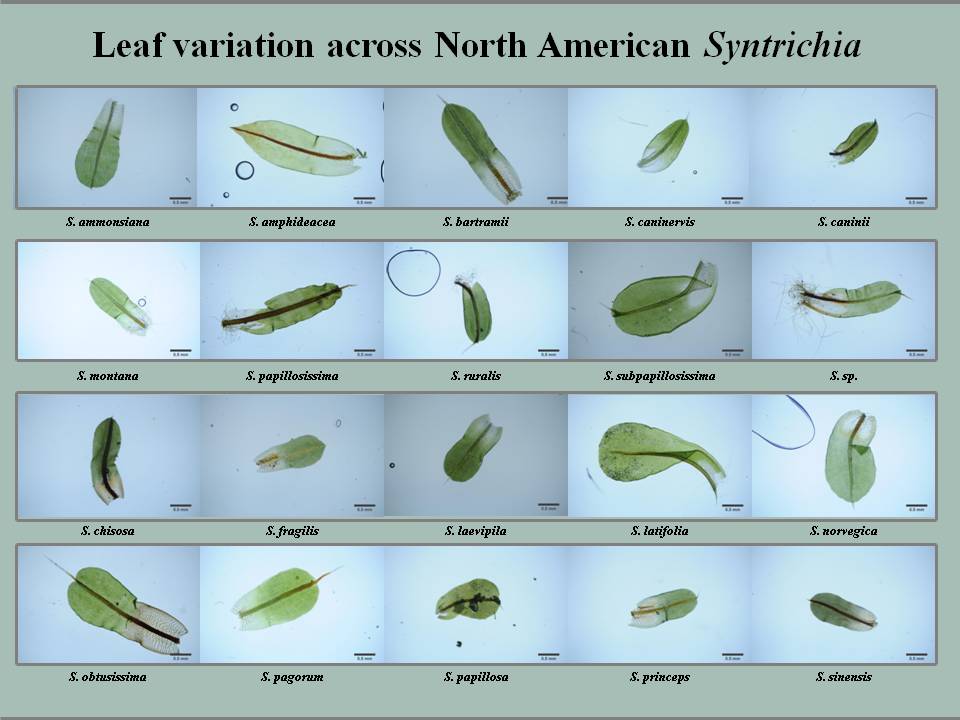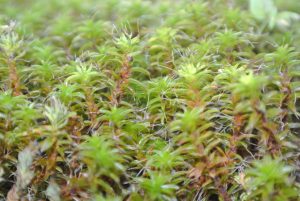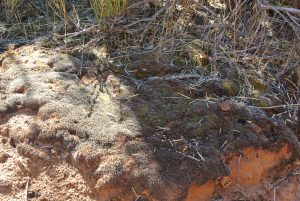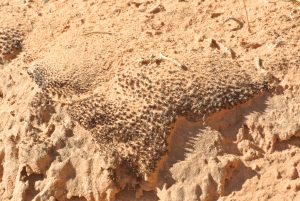Syntrichia is a diverse genus of mosses containing about 79 species (Zander 1993), occurring worldwide in dryland habitats and demonstrating an unusual amount of ecological variation among close relatives. Its species occur in habitats ranging from mesic alpine meadows, to tree trunks and boulders in mid-elevation forests, and to late-successional desert biocrusts. This genus is one of the most ecologically dominant groups of mosses across western and northern North America. This makes Syntrichia an excellent model system in which to investigate the role of alternative reproductive and stress tolerance strategies in shaping dimensions of biodiversity.
The 15 species of Syntrichia in North America.
While all species will be studied, boldface indicates the two species complexes to be studied in the most detail.
S. ammonsiana S. caninervis S. chisosa S. norvegica S. princeps
S. bartramii S. fragilis S. obtusissima S. ruralis S. papillosissima
S. cainii S. laevipila S. pagorum S. sinensis S. montana
Zander, R. H. 1993. Genera of the Pottiaceae: Mosses of Harsh Environments. Bulletin of the Buffalo Society of Natural Sciences 32: 1-378.






